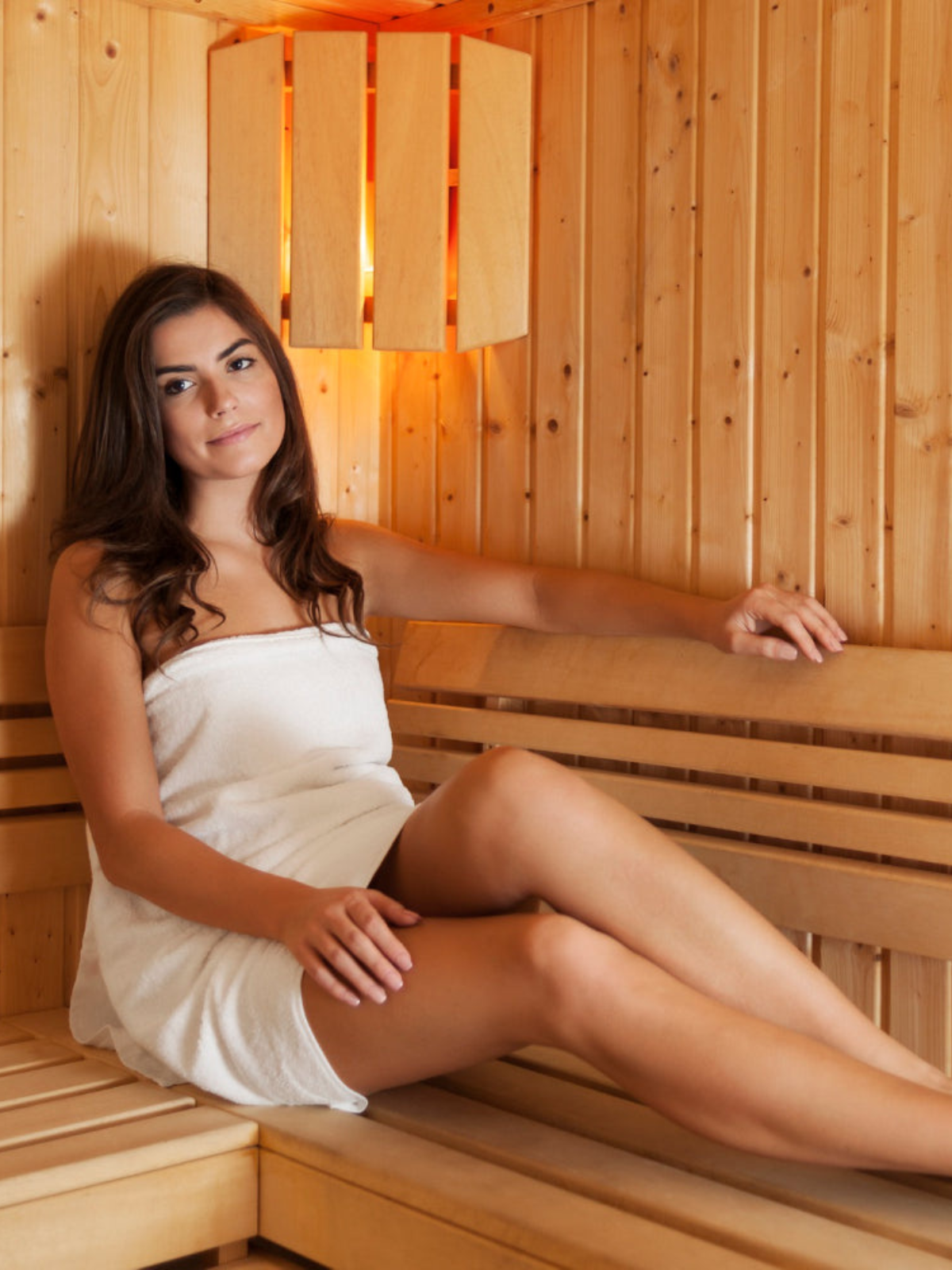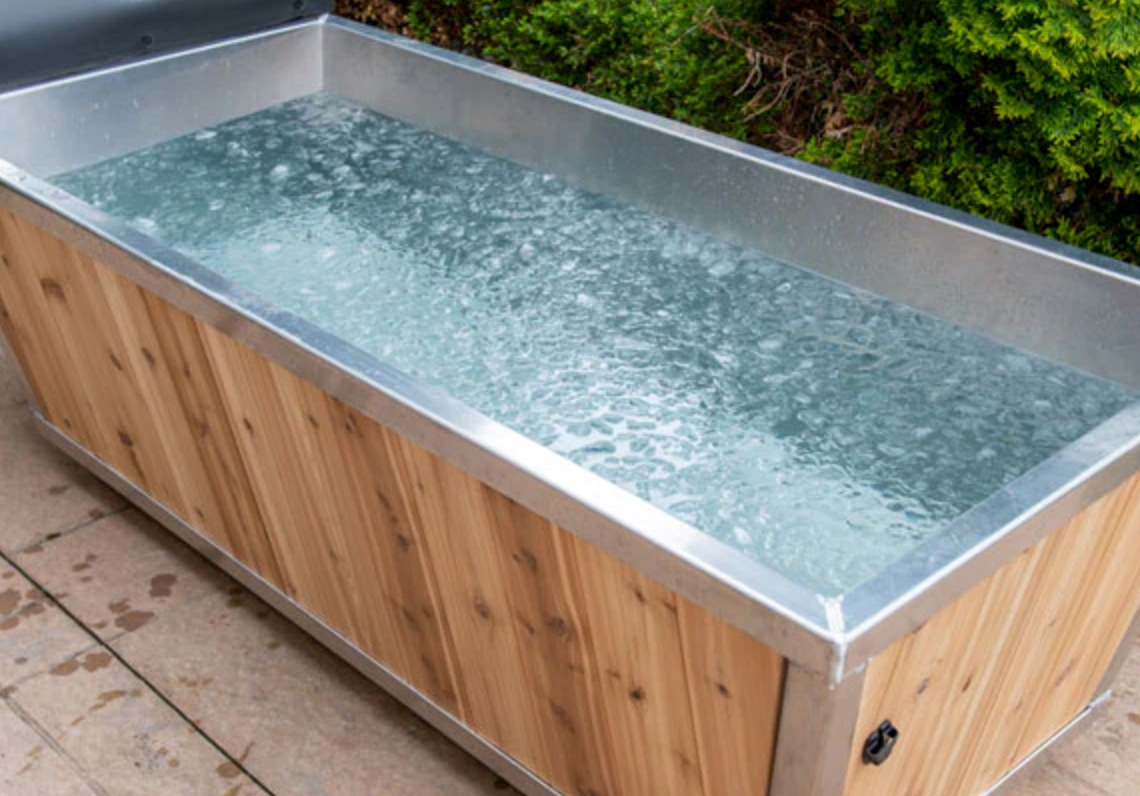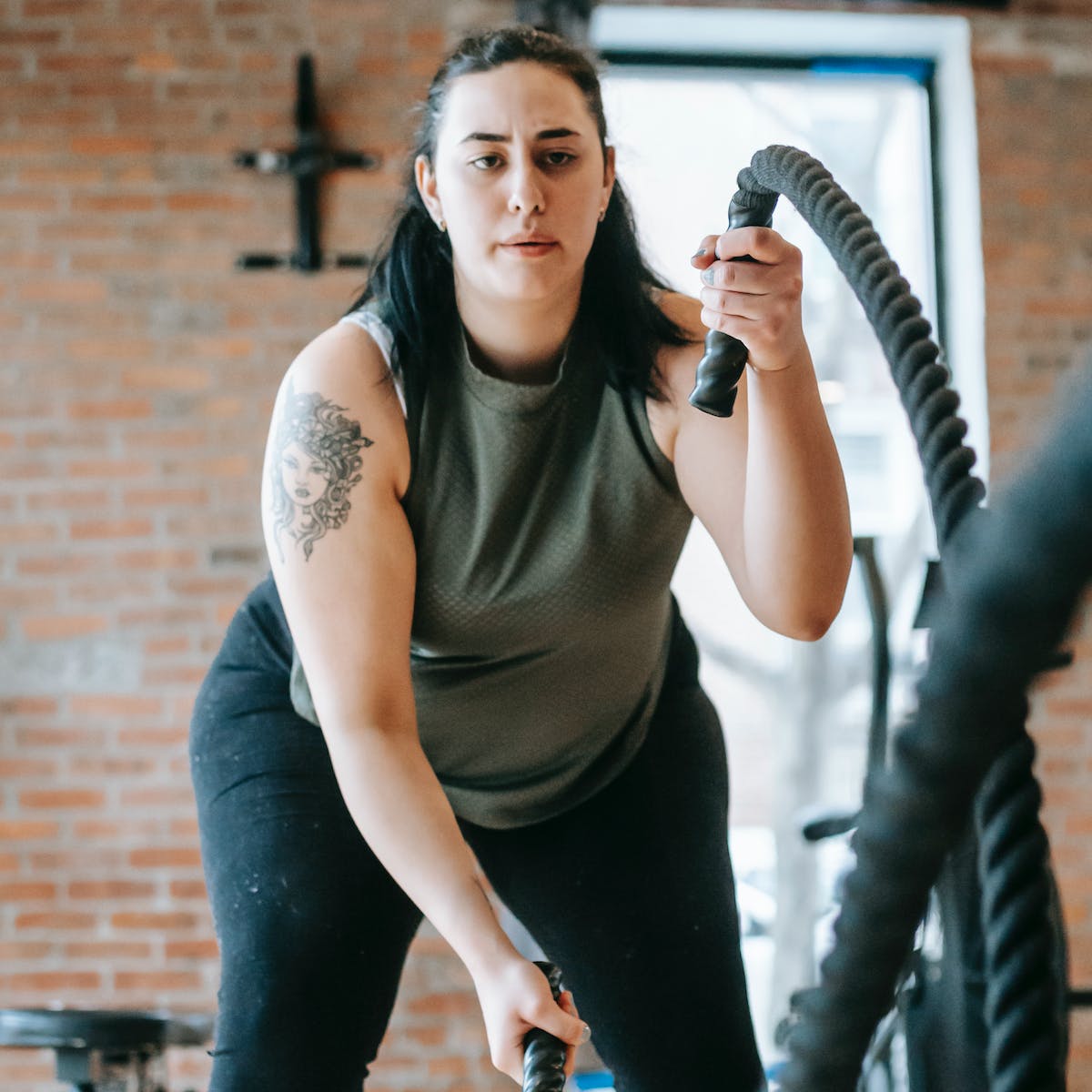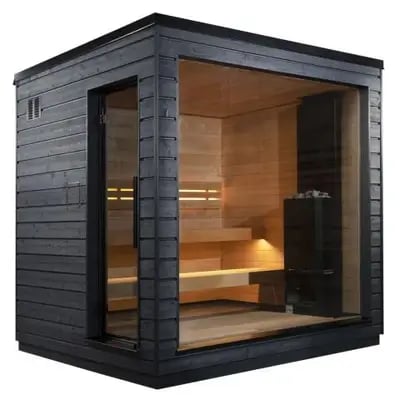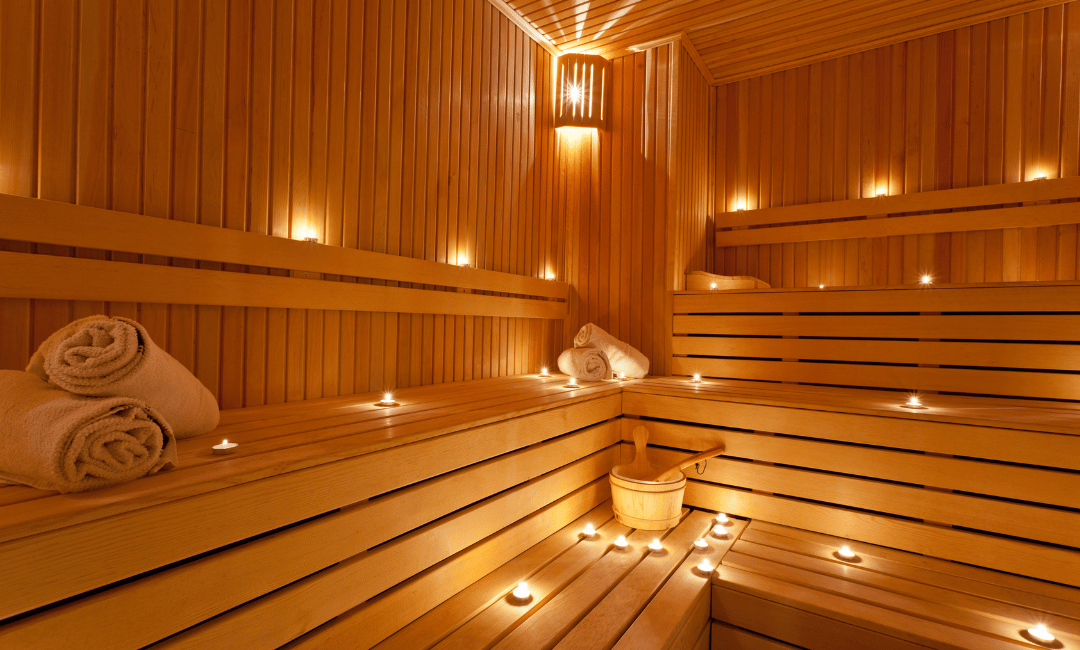
First things first, what's a sauna? Imagine a small, heated room or building where you unwind, basking in temperatures well above comfort. Yet, this isn't a torment but a therapy. Saunas, dear readers, are the ultimate chill-out zones for many worldwide, though their usage is often misunderstood. As we steam through this article, we'll strip the fog surrounding saunas and arm you with all the essentials you need to know.
Did you know that a sauna session can be likened to a light workout? Yes, it's true! A 30-minute sauna bath can burn approximately 300 calories, comparable to moderate-intensity exercise like brisk walking. Fascinating, isn't it? The world of saunas is filled with more intriguing details waiting to be explored.
Brief History Of Saunas

The history of saunas dates back more than 2000 years. Origins are traced to Northern Europe, specifically Finland, where saunas were more than a luxury - they were a necessity for survival in harsh winters. Ancient Finnish homes had 'savusaunas,' or smoke saunas, which served dual purposes - as a place for cleansing and warmth. Saunas, including dry saunas, were more than a luxury - they were a necessity for survival in harsh winters. The Finns, being the original sauna gurus, played a massive role in this evolution of sauna bathing.
In the East, Koreans used 'hanjeungmak,' a form of the steam sauna, while the Native Americans utilized 'sweat lodges.' The Romans had their 'caldarium,' and the Ottomans had their 'hammams.' Each of these structures was unique, yet they all shared the common principle of using heat for relaxation and rejuvenation.
As the world progressed, so did sauna culture. The Finns, being the original sauna gurus, played a massive role in this evolution. They refined the sauna experience over centuries, introducing a unique cultural aspect to it. Simultaneously, other nations also developed their versions of saunas, leading to a global diversity of practices that continue to this day.
The Science Behind Saunas: How Saunas Work?

Saunas operate on a straightforward principle - heat. Traditional saunas use wood, gas, or electricity to heat sauna stones, which in turn heat the air inside the room. On the other hand, infrared saunas use infrared lamps to warm your body directly. The heat source isn't what makes a sauna; it's the heat itself. Whether it's a smoky ancient 'savusauna' or a modern infrared sauna, if it makes you sweat, it's a sauna!
We know sweat isn't the most appealing thing. But when it comes to saunas, sweat is where the magic lies. Sauna heat raises your core body temperature, and your sweat glands kick into overdrive to cool you down. This process helps flush toxins, leading to what many sauna enthusiasts describe as a heat stress-induced 'cleansing sweat.'
The Effects Of Heat On The Body
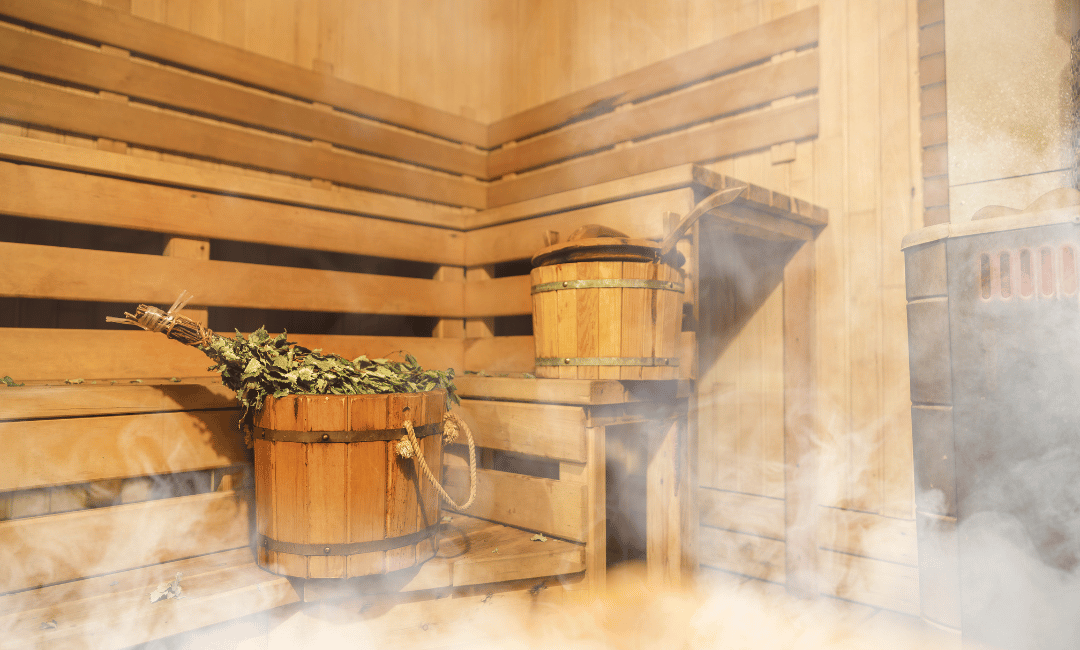
Thermoregulation
As your core body temperature rises, your body activates a process called thermoregulation. The blood vessels near your skin expand (a process known as vasodilation), increasing blood flow to your skin. This not only cools you down but also carries fresh oxygen and nutrients to your skin cells.
Circulation Improvement
Improved circulation is another byproduct of saunas. The heat-induced vasodilation boosts your blood flow, functioning like a cardio workout for your blood vessels. This promotes heart health, cell growth, and proper organ function.
Detoxification
The sauna-induced sweating can help remove harmful substances from your body. As the heat boosts your circulation, your body’s natural detoxification processes kick into high gear, assisting in the elimination of toxins such as heavy metals and harmful chemicals.
Benefits Of Saunas
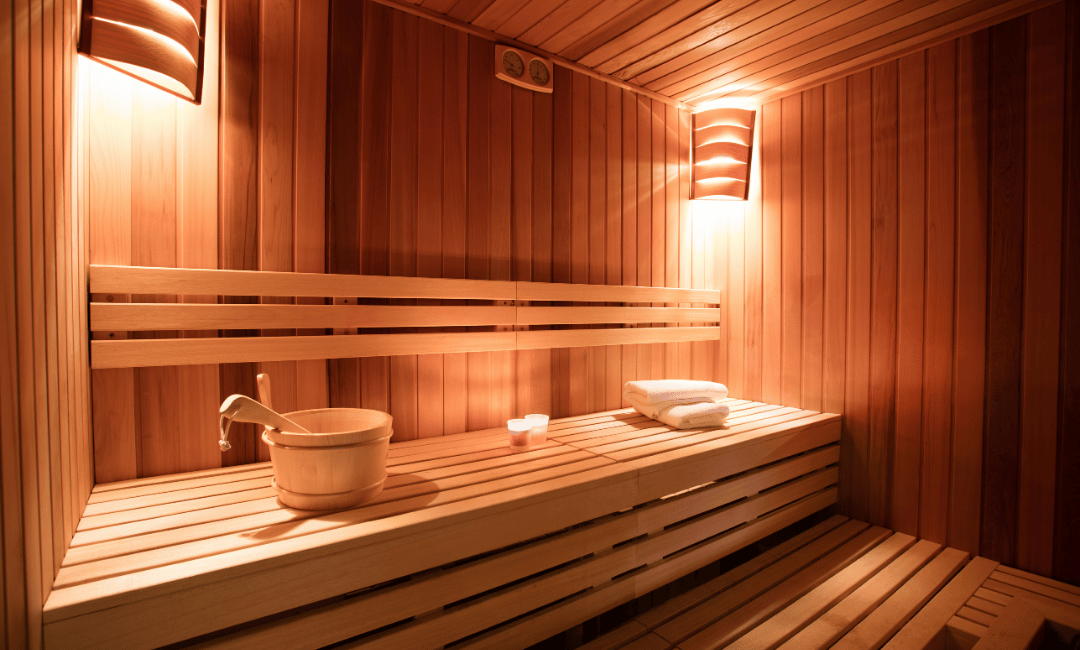
Physical Health Benefits
Regular sauna use can work wonders for your heart, almost akin to Almost Heaven Saunas in terms of the experience they offer. A study published in JAMA Internal Medicine found that men who used a sauna 4-7 times a week had a 50% lower risk of dying from cardiovascular disease. Saunas can assist with muscle recovery after a strenuous workout, acting like a personal hot tub for your muscles.
The heat helps increase blood flow, delivering oxygen and nutrients to your tired muscles and promoting faster recovery. Sauna sessions can give you a natural glow. Sauna sessions can give you a natural glow; just as a hot room opens up your pores, the resultant sweat flushes out impurities.
Mental Health Benefits
Taking a sauna bath can be a great stress reliever, particularly following cold exposure. The heat helps release endorphins, your body's natural 'feel-good' chemicals, reducing feelings of stress and promoting relaxation.
Struggling with sleep? A sauna bathing might be the solution! Sauna sessions can help promote better sleep patterns. The heat relaxes your body, easing you into a more peaceful slumber.
Risks And Precautions
Dehydration And Heat Stroke
It's crucial to remember that saunas, like all good things, come with potential risks. The most common are dehydration and heat stroke. Since sauna usage causes significant sweating, it can rapidly deplete your body's water supply, leading to dehydration. Heat stroke, though less common, can occur if your body becomes excessively hot.
Pre-Existing Health Conditions
People with certain health conditions, like heart disease, low or high blood pressure, or respiratory issues, should consult their doctors before using a sauna. Pregnant women and elderly people should also exercise caution.
Guidelines for Safe Sauna Use
To avoid risks, always hydrate before and after sauna sessions, limit your time in the sauna (generally 15-20 minutes is recommended), and listen to your body. If you start to feel dizzy, lightheaded, or nauseous, leave the sauna immediately.
Types Of Saunas
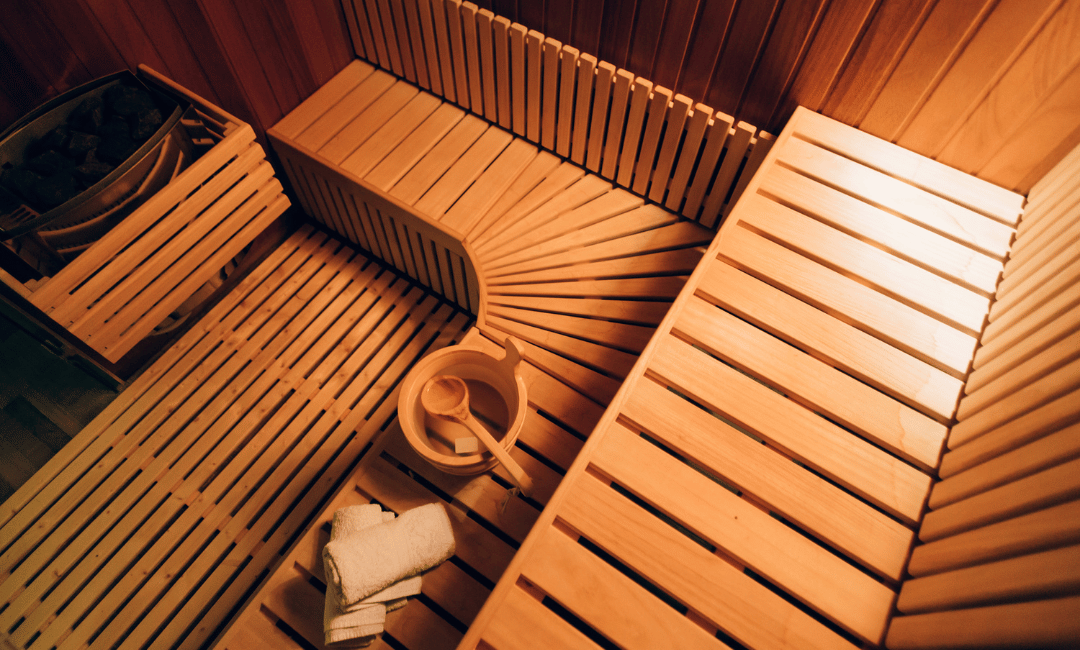
Traditional Finnish Saunas
Finnish saunas are the classic archetype, heated by a wood-burning stove topped with stones, which in turn heat the hot air inside the room. A Finnish sauna is typically heated by a wood-burning stove topped with stones. When the heat reaches the desired level, water is thrown onto the hot stones to generate steam, thereby increasing the humidity in the sauna.
Infrared Saunas
Infrared saunas utilize infrared lamps that use electromagnetic radiation to warm your body directly, making them a popular home sauna option. Unlike traditional saunas, which heat the air around you, infrared saunas heat your body from the inside out, which can make them more tolerable for people who struggle with the intense heat of a traditional sauna.
Steam Baths or Turkish Hammams
Turkish Hammams, or steam baths, are characterized by high humidity and lower temperatures. In a hammam, the emphasis is more on steam and moisture, creating a stark contrast to dry saunas.
Smoke Sauna
The smoke sauna, or 'savusauna,' is the grandfather of modern Finnish saunas. They lack a chimney, and the room is heated by filling it with smoke from a wood-burning stove. The smoke sauna is the grandfather of modern heaven saunas, leaving behind a unique aroma that's cherished by sauna traditionalists.
Sauna Culture Around The World
Finnish Sauna Tradition
Finnish saunas, complete with their sauna accessories, are a social affair, a place for relaxing with friends and family. The Finns take their saunas seriously - it's an integral part of their culture. Finnish saunas are a social affair, a place for relaxing with friends and family. They even have a saying, "In the sauna, everyone is equal."
Russian Banya Tradition
The Russian Banya goes beyond mere sweating. It involves a ritual of being lightly whipped with birch branches to stimulate blood flow, followed by a plunge into cold exposure for contrast therapy. It's more than a sauna - it's a full sensory experience!
Turkish Hammam Tradition
In Turkey, the Hammam is more than a place for a bath. It's a social center, a place for relaxation, and even business meetings. It's part of the Turkish lifestyle, cherished for centuries.
Saunas In Contemporary Western Culture
Today, the use of saunas has expanded across the globe, with adaptations to fit modern Western culture. Saunas are commonly found in health clubs, spas, and even private homes, with people appreciating them for their wellness benefits.
Conclusion
Saunas offer a unique combination of relaxation, physical wellness, and cultural immersion. They're more than just hot rooms - they're spaces of tranquility, health, and community. Using a sauna responsibly and appreciatively can bring about significant benefits, enriching our lives in various ways.
As the sauna culture continues to grow globally, it's intriguing to speculate about future developments. From advanced heating systems to AI-enabled saunas that personalize your sauna experience, the future looks steamy indeed. The ancient tradition of saunas is continually being reshaped to fit modern needs and sensibilities. As the world sweats, we sweat together in the warm embrace of a sauna.
Enhancing Your Wellness Journey With Nurture Mobility
As we conclude this illuminating journey through the world of saunas, there's a final, crucial step you should take. If you're committed to leading a healthier, more balanced life, you'll love what Nurture Mobility has in store for you.
From high-quality saunas, including Dynamic, Maxxus, and barrel saunas, to cutting-edge mobility products, we have everything you need to transform your well-being journey. Check out our wide range of saunas, ranging from traditional Finnish saunas to innovative infrared saunas, and let's not forget our exquisite hot tubs!
Join the Nurture Mobility family today, and let us guide you on your path to optimal health and wellness. After all, your wellness journey deserves the best, and Nurture Mobility is here to provide just that. Visit our website, explore our products, and take the first step toward a healthier, happier you.

